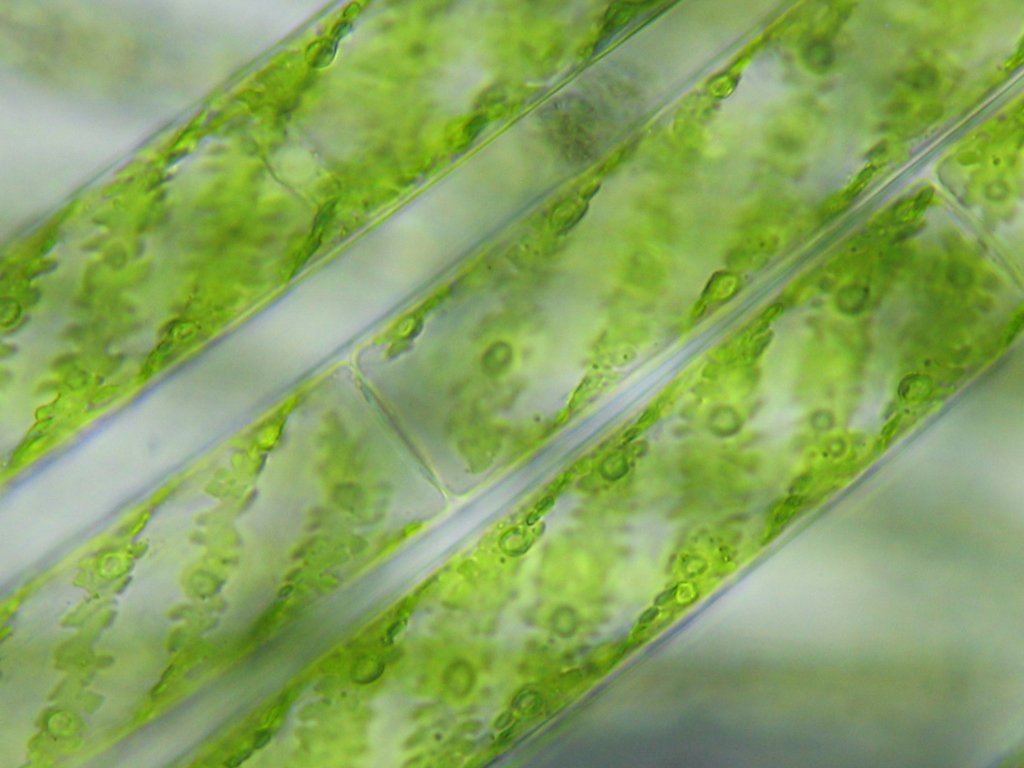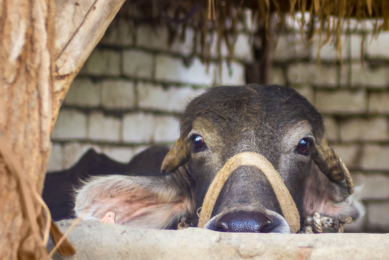Demand for algae in France bigger than supply

The algae market in France is characterised by insufficient production for the growing demand by manufacturers. This is stated by Alcimed, a consultancy advising on Innovation and Development of New Markets.
From 2000 to 2010, worldwide algae production more than doubled, and reached more than 15 million tonnes in 2010. China is at the top of the list (62.8%), followed by Indonesia (13.7%), the Philippines (10.6%), and a tie between the Republic of Korea and Japan (2.9%). France is in 10th place in the world, with production of 70,000 tonnes, almost all of which is harvested in Brittany.
Increased use in feed
Because algae have several functions and applications, they are attracting a lot of interest in the agri-food sector. Worldwide, algae are used 75% in food, in the form of a dish such as sea lettuce, or as a condiment. In France, where algae are not yet rooted in the national diet, they are nevertheless more and more appreciated by food processing and agri-food companies that use them as food additives because of their properties as texture agents (emulsifiers, thickeners, stabilisers, gelling agents). They are also appreciated for their nutritional properties in foodstuffs such as food additives, oils, and drinks. Algae flours can also be used as a food additive, but the extracts are still not very economically attractive. Algae are also used in the wine, market gardening, and tree growing sectors.
Animal nutrition is another sector for the application of these products, which benefited from the ban on the use of antibiotics as a growth factor in Europe. “Algae can be used in many applications throughout the agri-food value chain, and an increasing number of participants, whether large corporations or start-ups, are positioning themselves in this market,” declares Anne-Claire Lapie, Agri-Food Project Manager at Alcimed.
Algae production: France tries to catch up
In France, there is still too little algae production, which is why 125,000 tonnes of algae is imported each year, mainly from Asia. Unlike the worldwide trend, production in France consists almost entirely of the harvesting of wild algae. In this context, discussions have been ongoing for several years to introduce a structure to the algae sector and better satisfy the needs of manufacturers. “Even though the increased demand for algae in France generates strong interest from certain parties, it also brings challenges to be faced at every level of the algae sector,” adds Anne-Claire Lapie. The Breizh’alga project, a regional plan aiming to structure the algae sector, forecasts 100,000 hectares of phycoculture by 2017. One of the issues is to find virgin coasts for these farms; we also need to obtain the necessary permissions. Several companies have recently gone into the growing of organic algae, including Algolesko, which completed its first harvest on 50 hectares in 2014. The company aims to cultivate a bigger area in the years to come, with production of 6000 to 7000 tonnes by 2020. In terms of innovation, the development of new technologies for the processing of raw materials is strategic in order to supplement the range of products and target diversified markets. In the years to come, it will also be necessary to support the marketing of these innovative products, both in France and in other high-potential markets such as South-east Asia and China.
Read also: Algae and its role in future animal diets
Consumer education necessary
Animal nutrition company Olmix has teamed up with four other SMEs in Brittany to launch an R&D programme in the context of the ULVANS project (ULves VAlorisation Nutrition Santé), whose aim is to create a new sector to promote algae in Brittany, from harvest to conversion into innovative products. This company, which devotes 5% of its budget to R&D, has invested around €10 million in this project, which fits into the overall objective of promoting the sector. “The applications of algae in the agri-food value chain are diverse. Demand is increasing, including in France, where initiatives have been taken to structure this sector, satisfy the demand, and offer new products for niche applications as well as common ones. Above and beyond these initiatives, some consumer education will also be necessary because algae are not a traditional part of French food culture,” concludes Anne-Claire Lapie.











